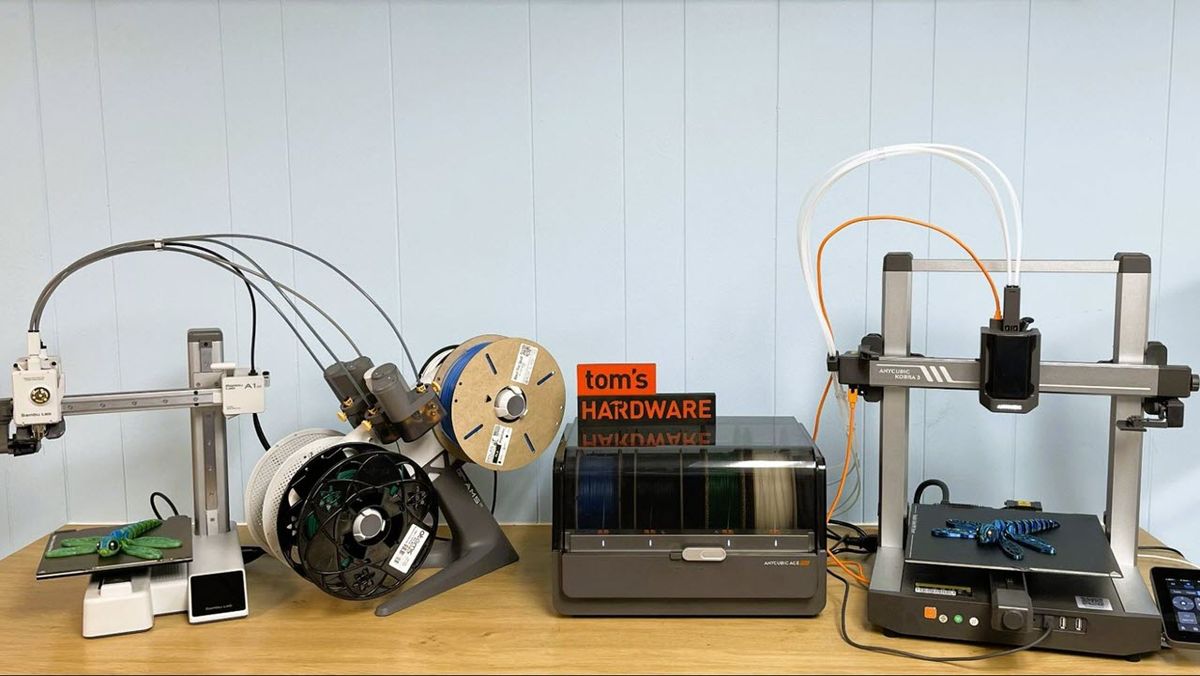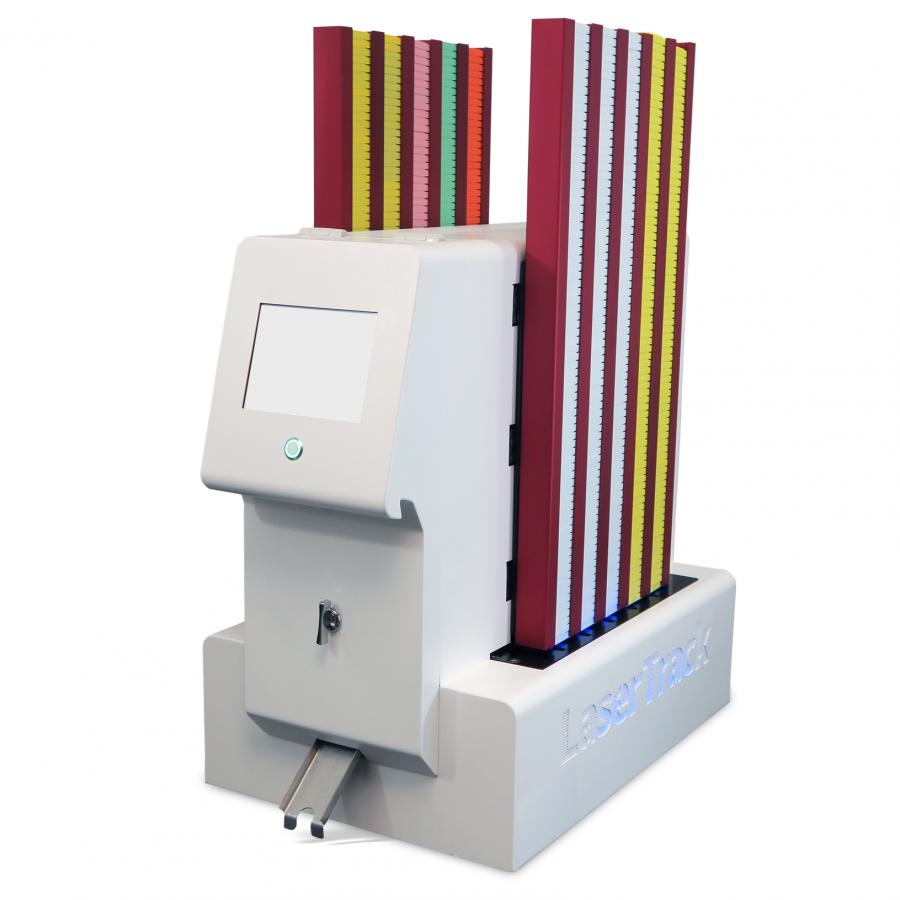Barry Shurlock reports on the Hampshire Chronicle story
THE birth of The Chronicle An obscure schoolmaster cum printer from Southampton on August 24, 1772. This was a bold move by someone with small printshops and lots of ambition. Anybody with knowledge in publishing could have helped the venture a few weeks or years before it was destroyed.
James Linden was the printer who launched this paper. His track record was not great. In Southampton, he established a school for students with practical interests. As well as the three R’s, including ‘arithmetic decimal and vulgar’, he offered mensuration, land-surveying, the use of globes and navigation and ‘merchants’ accompts by the Italian method’ that is, double-entry bookkeeping.
As a schoolmaster, he was naturally interested in books and so he began to booksell to supplement his income. Printing was his next move. He also dealt with quack medicines at that time. The office of the actually remained open for many years. Chronicle In Winchester, it was equivalent to Boots today.
READ MORE: Are you able to fill in gaps in the archive for the Hampshire Chronicle?
As he began to develop his various sidelines, they were advertised in the Salisbury Journal, which had been started in 1729 by William Collins and ‘revived’ in 1736. Benjamin Collins, the publisher, assumed control of his brother’s hotshot business. He not only was influential in Salisbury – where he later became a banker – but had a reputation in London with the likes of Dr Samuel Johnson and other literati.
Collins saw his territory as larger than his native Wiltshire. It extended into Hampshire. Therefore, when Linden ‘the upstart’ had the gall to publish a paper aimed at half his market, he was outraged and poured venom on the venture in the columns of the Salisbury Journal. He even changed the title of the document to emphasize his point. Salisbury & Winchester Journal!
Actually, despite Linden’s lack of experience – his only other known work had been The Southampton Guide Publication three years earlier than the Chronicle – he showed a considerable flair for the business. The title is a good start. The Hampshire Chronicle The ring was a symbol of authority. And its masthead subtitled, ‘Southampton, Winchester and Portsmouth Mercury’, reached out to the county’s three principal places.
He also established a network that included fellow booksellers. Some of these distributors were able to advertise their products in the paper. The paper was used as an advertising medium as well as a news-sheet, which is not unlike what we see today.).
SEE ALSO : Digital history’s rise
In his low-cost operation, Linden didn’t employ an editor or journalists, as – like every other regional newspaper at the time – he lifted news from the London press. One Saturday morning, a messenger bought the London papers. He then rushed down to Southampton to get the copy assembled and set. Chronicle On Monday, the article appeared.
This focus on international and national news continued into the 1900s. The arrival of the railway enabled London newspapers to be purchased quickly after their publication. At this point, the. Chronicle Published more local news.
As it happens, Linden’s gamble did not pay off. After six years, despite sharing the load with several short-term partners and a few other people, he was bankrupt. Benjamin Collins, his Salisbury adversary, was thrilled and made a quick deal with another Southampton printer who had purchased the paper from Linden. The details are not entirely clear, but Collins tried to set up Winchester printer John Wilkes as his ‘stooge’ running the paper in Winchester – though the ruse ended in court, with Wilkes the winner.
After that, a series of printers owned the paper for several years before selling it. Even for those who could read – perhaps 60% of men – it was a relatively expensive item, due to heavy taxes imposed by governments who hated a free press. Paper was taxed, advertisements were taxed, and every copy had to bear a ‘stamp’ showing that duty had been paid.
READ MORE
Joseph Bucknell, the owner of the paper at the time, published a profit and loss statement in 1797. Selling 1,000 copies of each edition brought in £25, but he had to pay nearly £17 in stamp duty alone. He was quick to inform readers that the paper had been sold.
This roller coaster continued until 1805, when the paper was bought by James Robbins, as much an editor as a printer, who for eight years published the paper from premises behind the current bookshop of P & G Wells, in College Street, Winchester. He was the one who hired two apprentices to help him steer the paper. Chronicle In calmer waters. These were William Jacob, Abbotts Ann, William Johnson, Gosport.
They had family links – Johnson married Jacob’s sister, Mary – but more than anything the partnership probably prospered because they came from opposite ends of the county: Jacob brought in the ‘county set’ to the north, whilst Johnson engaged the gritty south, where the sea ruled. In its infancy, offices were located in Winchester as well as Gosport. They were also fortunate to have George Hitchin as their editor, who served the paper for 44 year.
It was so that three generations of the Jacob family owned the paper and ran it, with the Jacob line ultimately ceding to Johnsons. Herbert Edward Johnson’s death in 1936 without issuing any issues marked the end of a run lasting 123 years. Although this might have resulted in the paper being sold to another publisher, Herbert instead left it to Arthur Stroud, his head printer who had been a partner for over 20 years.
Another legacy was the paper’s chief reporter, John Maggs – churning out copy in his 80s, but obviously unlikely to continue for long. Arthur therefore called on his daughter, Monica, who was working for a literary agency in London, after reading history at King’s College London.
It is not difficult to imagine the scene as the boss’s daughter swanned into an all-male office to be groomed for the top job, as editor. Although she later admitted that it was ‘pure nepotism’, few people could have pulled it off. Monica was a remarkable journalist and, only three years into her job, had to see the paper through the war.
There were also personal problems. At King’s she had met Paul Woodhouse and when they married in 1939, Arthur Stroud gave them each an interest in the paper. Monica was soon able to take over as editor after Paul went off to war. They were unable to live together after Arthur’s death in 1950.
Barry will give a talk on Tuesday 18 April at 7pm (7:30 PM on Zoom) to the Friends of Winchester Cathedral, Paul Woodhouse Suite. To book, visit: [email protected], or call: 01962 857245 or 857244.







